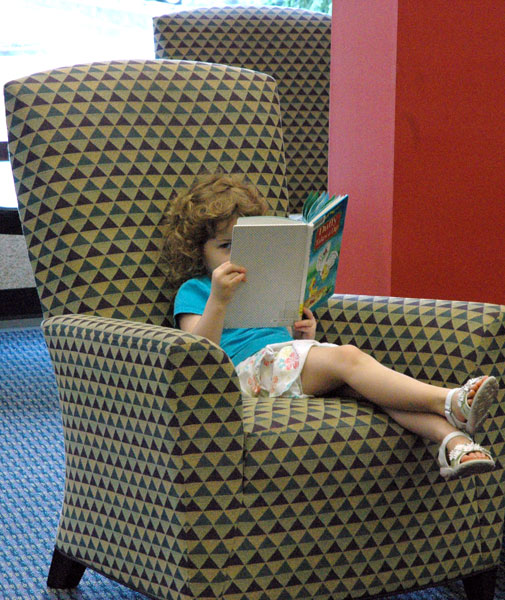Bilinguals around the world will tell you that they do not have the same degree of fluency in all of their languages. A language that is used primarily in academic situations may come across as stiff and stilted when used in less formal situations. Family issues are often more easily discussed in a home language. Depending on where we live when our first child is born, we may only know the vocabulary for baby items in one language and find the same discussions difficult when visiting family in our country of origin. The concept of a “balanced bilingual” is rarely a reality in the world of multilingualism.
Despite this, we very easily fall into the trap of believing that bilingual children are the exception to the rule. We have come to expect that they should have equal mastery of both of their languages. However, just as with adults, a child’s level of linguistic ability will differ depending on situation and language. For example, it may be difficult for a bilingual child to recount events in a home language that took place in the school language. Words, phrases and meanings used in a school setting are not necessarily used in the home language.
To help bilingual children build literacy in both languages as much as possible, experts are encouraging teachers and parents to take advantage of the benefits that bilingual books and other multilingual materials provide.
In her book Learning to Read and Write in the Multilingual Family, Prof. Xiao-lei Wang writes, “Despite past criticism that using dual language or multi-language text would encourage children to read the easier language, recent studies found that children who are reading dual or multiliteracy materials can transfer the literacy skills and concepts developed in one language to another (often a strong one to a weaker one) and promote overall literacy skill development” (page 66).
Prof. Xiao-lei Wang gives us two examples of how dual or multiliteracy materials help bilingual children master their languages:
- “They provide predictability from one language to another. Literacy experts have long advocated that using repeated reading materials helps facilitate comprehension and introduce children to the way print works.”
- “They provide children with an opportunity to compare and contrast the texts and develop metalinguistic ability (ability to notice the different features in different languages).”
When bilingual books are readily available around the house and in classrooms, bilingual children are given opportunities to become literate in an organic and fluid way. They are given the chance to use both of their languages in powerful ways to build overall comprehension. Teachers and parents strengthen this process even further when they read the same books out loud and discuss the storyline in their respective languages.
Our children are lucky to have so many bilingual resources available to them in today’s day and age. Rather than having to choose books in one language over another, we have the unique opportunity to select from an array of dual language materials. Before we know it, our bilingual children will be reading up a storm – in all of their languages!
Photo credit: KOMUnews
Do you utilize bilingual books in your home? Have you had friends or babysitters read dual language books out loud to your children in their language(s)? How did your children react?


I think this article brings some great advice. I do think it is very important that young children hear storybooks read in one language only so they can really focus on the story and learn the words and the content in that language. But, I think it is also a good idea, at other times, to use the benefits of bilingual books to see how the stories, words and concepts unfold in both languages and how the features of each language appear in the context of a familiar story. This is a wonderful reminder about the many ways we can use a single book to provide a whole variety of enriching, engaging experiences. The benefits are not just for the children – but for the adults too!
[…] https://blog.languagelizard.com/2011/07/06/dual-language-books-benefit-bilingual-children/ […]
What is a recommended site to buy bilingual books for an ESOL classroom with middle school students?